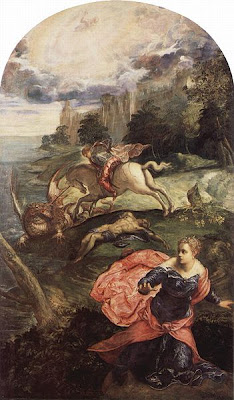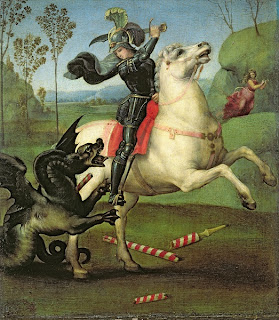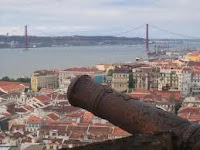When you learn a foreign language there are some rules you must know, and some of them are related to culture and have nothing to do with grammar.
If there is a topic people like to talk about when they learn you are Portuguese, that topic is FOOD. Of course we know our “cuisine” is of excellent quality: the variety of fresh fish, good fruit and vegetables all year round, but it may seem a bit odd to keep a long conversation about this theme.
Most Americans don´t like to change their food habits and try something new (fortunately I know some exceptions) and if you go shopping for fish you will only find the fillet (they all look the same because to show a whole fish with its head, scales and tail isn´t probably good for business).

I remember an American teenager staring with horror at Portuguese sardines (in a restaurant that serves Portuguese food which they like to call “ETHNIC”).
Portuguese sardines "Sardinha assada"
My Uncle Luís was proudly presenting the big fish he had caught
Moreover, I can´t forget some years ago when the Day of Portugal was commemorated in the Boston State House and Mitt Romney was the governor of Massachusetts. He came to the event as the guest of honour. State Representatives and State Senators were present as well as officials from Portugal.
 When it was his turn to speak he couldn´t avoid talking about the Portuguese contributions to the state of Massachusetts: the chourico and linguica. Apparently these two types of sausages were all he could think of to discuss the Portuguese heritage in Massachusetts. Also, the speech was very short and he did not speak of other important Portuguese contributions. For example, the former governor could have mentioned the Portuguese connection to the whale and textile industries and, presently their entrepreneurial spirit in developing so many small businesses or even their capacity to integrate themselves successfully in the American way of life.
When it was his turn to speak he couldn´t avoid talking about the Portuguese contributions to the state of Massachusetts: the chourico and linguica. Apparently these two types of sausages were all he could think of to discuss the Portuguese heritage in Massachusetts. Also, the speech was very short and he did not speak of other important Portuguese contributions. For example, the former governor could have mentioned the Portuguese connection to the whale and textile industries and, presently their entrepreneurial spirit in developing so many small businesses or even their capacity to integrate themselves successfully in the American way of life.
Mr. Mitt Romney was just trying to fill in the void…but he did not succeed. Again, it is important to bear in mind that the occasion was intended to celebrate the Portuguese Heritage Day, which is in June, the same month of the National Day of Portugal. As Governor of a State with numerous Portuguese, Mr. Romney should have made some references to its relevant contributions to World History or even American History.
Maybe he does not know, but the first neutral country to recognize American Independence was the Kingdom of Portugal, or instead, if he wanted to speak about food and beverages he could have mentioned that the renowned Founding Fathers, when signing the Declaration of Independence, congratulated themselves with Madeira wine.
I hope that if this well intentioned gentleman ever becomes president of the USA (it seems he is winning more states and may be the chosen republican candidate) he will find someone to write more inspiring speeches, otherwise presidential messages to various ‘ethnical communities’ will be reduced to the Cape-Verdean cachupa, the Brazilian feijoada, the Italian pizza, the German bratwurst or the French Crepe…
Also concerning food is the matter of etiquette. Europeans and Americans have different rules concerning table manners.
In the American Way, the Knife is held in the right hand and the fork in left hand. After a few bite-sized pieces of food are cut the knife is placed on the edge of the plate with the blades facing in. They eat their food by switching the fork to the right hand (unless they are left handed). A left hand, arm or elbow on the table is bad manners.
In the European Style the difference is that you don't switch hands. Instead, you eat with your fork in your left hand, and knife in your right. Both utensils are kept in your hands during the meal while you eat.
Cultural habits on etiquette are hard or even impossible to judge. Indeed, when it comes to eating at the table, it is not a political or ethical matter, merely one of taste and habit. So, one should be aware of different practices but avoid being patronizing.
9th April 2012













%5D.jpg)
SaintGeorgeFighting+theDragon.jpg)




























